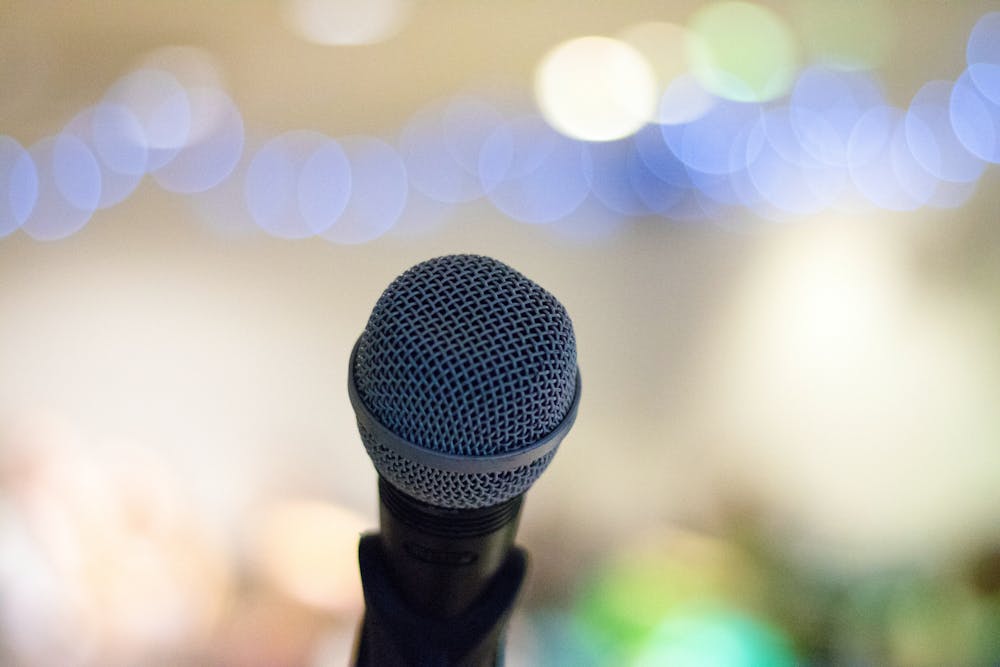Around the world, Hopkins has become a leader in communicating science to nonscientists during the COVID-19 pandemic. The Bloomberg School of Public Health has been applauded for its viral Instagram graphics, and the Whiting School of Engineering’s COVID-19 dashboard continues to receive heavy traffic. In addition, the School of Medicine sponsors an annual “boot camp” to connect science writers with University researchers.
While Hopkins has contributed globally to improving scientific communication, the United States still has a deep-seated problem with getting people to trust in science. From slow progress on climate change initiatives and the rise of the anti-vaccine movement, to the more recent anti-mask movement, the circulation of scientific information needs major improvements.
Science communication in the United States is often done by individuals or other private institutions, however, other countries make science communication a government responsibility. This past week, a new directive to facilitate communication between scientists and journalists in France came one step closer to reality. The so-called maison de la science et des médias, or science media center (SMC), serves as part of a longer 10-year plan for improving science communication.
Loosely based on the United Kingdom’s SMC, the French directive intends to permit rapid contact between researchers and journalists while offering citizens access to trustworthy information. While innocuous on the surface, the proposal has already attracted negative attention for its potential to impinge on the liberties of journalists and researchers.
The proposal comes in a year where scientific misinformation concerning COVID-19 and climate change appears to be in the public eye.
In late August, Paris saw a crowd of over 300 individuals protesting mask mandates and decrying government case records as fabricated, mirroring protests that have occurred in the U.S. Even so, the idea of uniting scientists and media outlets, especially under governmental auspices, has already raised a fair amount of controversy.
In the theoretical triangle of the public, media and scientists, it seems that each party has unique concerns. Will an already cynical public accept information from a government-sponsored program? Will journalists be “spoon-fed” stories or will they be given the liberty to investigate stories further? As an article in Le Monde suggested, is this intended to increase government surveillance of scientific work?
Dezmond Cole, a Postbaccalaureate Research Education Program (PREP) Scholar funded by the National Institutes of Health, serves as the communications chair for the Hopkins Science Policy Group. In an interview with The News- Letter, he agreed that an SMC in the United States could be helpful in battling misinformation but raised an important concern about transparency in funding.
“As we know, with funding comes influence,” Cole said. “You want to know where is this money coming from? And how could this impact the reliability of the information from the center?”
There’s a critical distinction to be made between a government-funded SMC and a government-operated SMC. Government funding could help alleviate bias from private interest groups.
“Government dollars come from taxpayers so they make most of their inner workings transparent,” Cole said. This could help the center operate without ties to interest groups.”
Because of campaign financing, elected officials are not necessarily neutral towards science initiatives, so a government-operated SMC could set an agenda for science that is biased or limited in its viewpoints.
Cole also noted that in the U.S., government control of the dissemination of science through an institution like an SMC may come too close to violating the First Amendment.
“If it’s fully independent you don’t run the risk of impinging on freedom of speech. You don’t want to set a dangerous authoritarian-esque precedent,” Cole said.
Cole also noted that simply disseminating information is not necessarily a solution to current science-related problems and suggested that there may be other ways for the government to be of help.
“Just having publicly available information in and of itself isn’t a panacea to curing issues,” Cole said. “We should focus on improving critical news literacy and critical journalism literacy. I think the government could definitely promote critical news literacy in the education system.”
Senior Mickey Sloat is a Molecular and Cellular Biology major and the founder of SciComm, a student organization working within the Hopkins community to increase science transparency through literacy.
In an interview with The News-Letter, she expressed that the science literacy gap begins before a person encounters a news story.
“To explain the leading cancer therapy, you first have to explain the immune system, and then you have to explain what cancer cells are doing when they replicate,” she said.
Despite this, Sloat supported the idea of involving the government in science communication, bringing up the fact that the government already funds a significant portion of research that takes place in the United States.
“The biggest issue with science communication, which is currently limited to individual firms, individual scientists or individual institutions, is that science is a competitive world,” she said. “There’s a fear of communicating [one’s] research excessively and widely because that means it's no longer proprietary.”
A mediator, Sloat explained, such as the federal government may be able to better incentivize scientists to share their research.
Sloat expressed concern that federal organizations that already communicate science, such as the Centers for Disease Control and Prevention or the Food and Drug Administration, have become overly politicized in the wake of the COVID-19 pandemic and suggested that the government could start by improving the science communication and media relations of its own current institutions.
Regardless, an independent science media center may be a short-term solution to the current misinformation epidemic. The biggest point of contention is who would be running it.
Errata: This article originally stated that Dezmond Cole was a PhD student at the School of Medicine. He is an NIH funded PREP Scholar. The News-Letter regrets this error.





